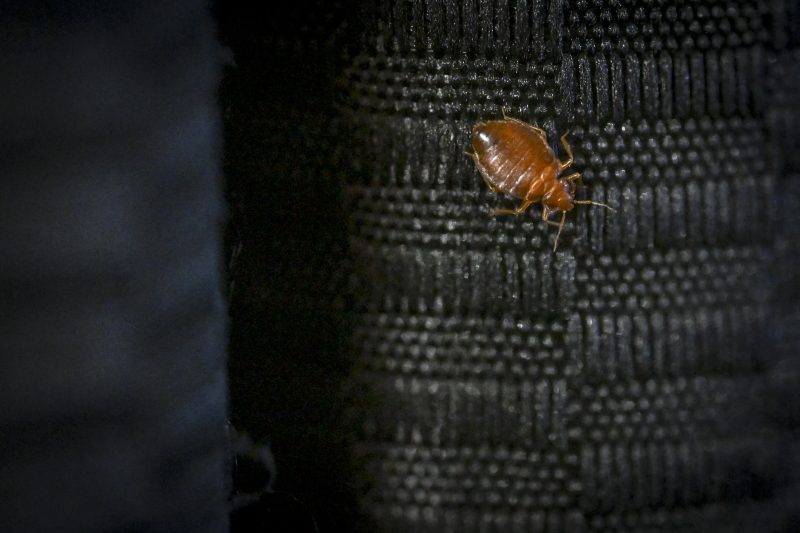Urgent Update: Integrated Pest Management Strategies Amid Drought

UPDATE: As of November 4, 2023, drought conditions remain unchanged, raising urgent concerns for farmers. The latest drought monitor has revealed alarming weather forecasts, with a 50-70% chance of above-normal temperatures and a 40-50% chance of below-normal precipitation from November 11 to 15. This climatic uncertainty is prompting producers to rethink their pest management strategies immediately.
Farmers are facing a dual challenge: extreme weather and pest pressures. Integrated Pest Management (IPM) is emerging as a vital tool as producers explore ways to minimize pesticide use without compromising crop health. The emphasis on IPM is crucial now, as it allows for a more sustainable approach amid these changing conditions.
In the realm of plant diseases, producers must understand the distinctions between abiotic and biotic factors. Abiotic diseases stem from environmental stressors like heat and drought, while biotic diseases are caused by pathogens such as fungi, bacteria, and viruses. Today, the focus is on biotic diseases and how to manage them effectively.
Chemical control options for managing these diseases are limited. Once a plant is infected with a virus, recovery is nearly impossible. However, there are bactericides for specific diseases affecting above-ground plant parts, as well as a variety of fungicides. Some fungicides are systemic, meaning they are absorbed into the plant, while others act as protectants that must be applied before infection.
Critical strategies include crop rotation to disrupt disease cycles in soil and residue, using disease-free seeds, and implementing robust sanitation protocols. Additionally, managing soil drainage can alleviate root rots and seedling blight, which are exacerbated by current conditions.
Producers are also encouraged to manipulate planting dates to avoid cold soil conditions, enhancing plant resilience. Breeding efforts, whether through conventional methods or genetic engineering, aim to develop resistance to economically damaging diseases. Notable examples include advancements in Soybean Cyst Nematode (SCN) resistance.
Perhaps most importantly, eliminating disease vectors—often insects or mites—is a key strategy. For instance, pests like the wheat curl mite and various aphids are significant threats. By removing alternative hosts from the area, farmers can significantly reduce disease spread.
Dr. Victor L. Martin, the agriculture instructor and coordinator at Barton Community College, highlights the importance of these approaches in the face of worsening drought conditions. He urges producers to adapt quickly to safeguard their crops. For more information, Dr. Martin can be reached at 620-792-9207, ext. 207 or via email at [email protected].
Farmers must act NOW to implement these vital strategies as the situation develops. Stay tuned for more updates as we monitor the impact of weather on agricultural practices and pest management.






